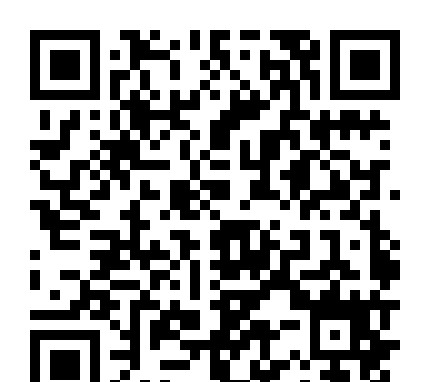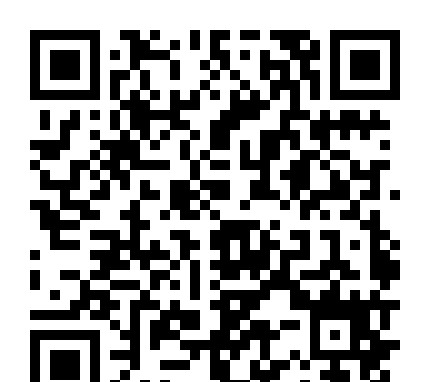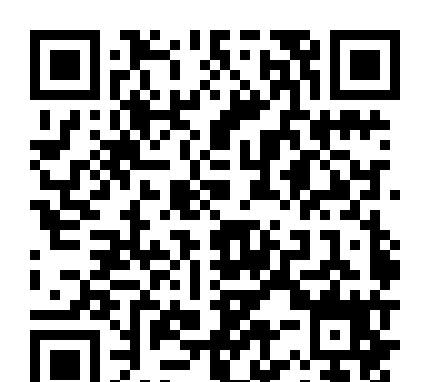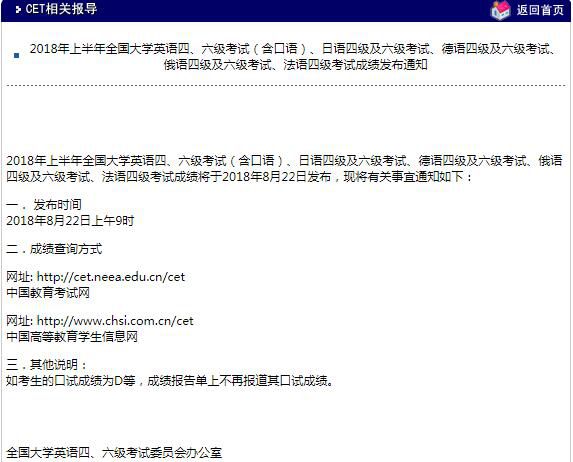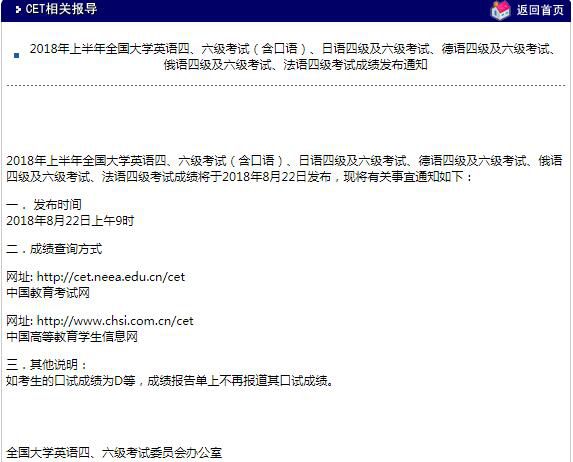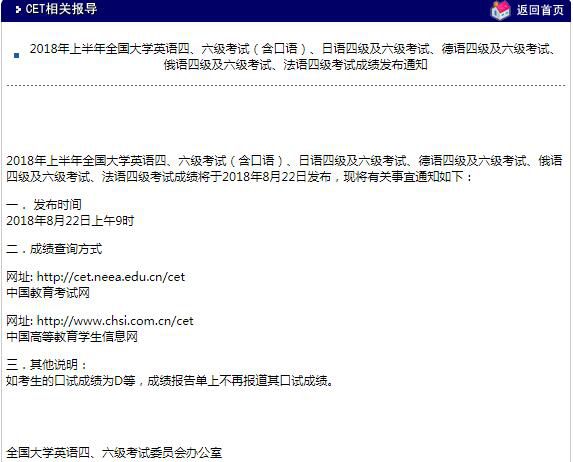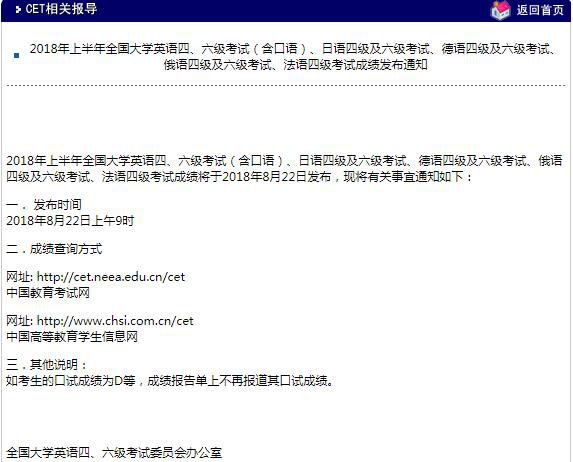|
Passage 13
The majority of successful senior managers do notclosely follow the classical rational model of first clari-fying goals, assessing the problem, formulating options,estimating likelihoods of success, making a decision,(5) and only then taking action to implement the decision.Rather, in their day-by-day tactical maneuvers, thesesenior executives rely on what is vaguely termed “intu-ition” to mangage a network of interrelated problemsthat require them to deal with ambiguity, inconsistency,(10) novelty, and surprise; and to integrate action into theprocess to thinking.
Generations of writers on management have recog-nized that some practicing managers rely heavily onintuition. In general, however, such writers display a(15) poor grasp of what intuition is. Some see it as the oppo-site of rationality: others view it as an excuse for ca-priciousness.
Isenberg‘s recent research on the cognitive processesof senior managers reveals that managers’ intuition is(20) neither of these. Rather, senior managers use intuitionin at least five distinct ways. First, they intuitively sensewhen a problem exists. Second, managers rely on intu-ition to perform well-learned behavior patterns rapidly.This intuition is not arbitrary or irrational, but is based(25) on years of painstaking practice and hands-on experi-ence that build skills. A third function of intuition is tosynthesize isolated bits of data and practice into an inte-grated picture, often in an “Aha!” experience. Fourth,
Given the great uncertainty of many of the manage-(50) ment issues that they face, senior managers often insti-gate a course of action simply to learn more about anissue. They then use the results of the action to developa more complete understanding of the issue. One impli-cation of thinking/acting cycles is that action is often(55) part of defining the problem, not just of implementingthe solution.
1. According to the passage, senior managers use intuition in all of the following ways EXCEPT to
(A) speed up of the creation of a solution to a problem
(B) identify a problem
(C) bring together disparate facts
(D) stipulate clear goals
(E) evaluate possible solutions to a problem 2. The passage suggests which of the following about the “writers on management” mentioned in line 12?
(A) They have criticized managers for not following the classical rational model of decision analysis.
(B) They have not based their analyses on a sufficiently large sample of actual managers.
(C) They have relied in drawing their conclusions on what managers say rather than on what managers do.
(D) They have misunderstood how managers use intuition in making business decisions.
(E) They have not acknowledged the role of intuition in managerial practice. 3. Which of the following best exemplifies “an ‘Aha!’ experience” (line 28) as it is presented in the passage?
(A) A manager risks taking an action whose outcome is unpredictable to discover whether the action changes the problem at hand.
(B) A manager performs well-learned and familiar behavior patterns in creative and uncharacteristic ways to solve a problem.
(C) A manager suddenly connects seemingly unrelated facts and experiences to create a pattern relevant to the problem at hand.
(D) A manager rapidly identifies the methodology used to compile data yielded by systematic analysis.
(E) A manager swiftly decides which of several sets of tactics to implement in order to deal with the conti -ngencies suggested by a problem. 4. According to the passage, the classical model of decision analysis includes all of the following EXCEPT
(A) evaluation of a problem
(B) creation of possible solutions to a problem
(C) establishment of clear goals to be reached by the decision
(D) action undertaken in order to discover more information about a problem
(E) comparison of the probable effects of different solutions to a problem 5. It can be inferred from the passage that which of the following would most probably be one major difference in behavior between Manager X, who uses intuition to reach decisions, and Manager Y, who uses only formaldecision analysis?
(A) Manager X analyzes first and then acts; Manager Y does not.
(B) Manager X checks possible solutions to a problem by systematic analysis; Manager Y does not
(C) Manager X takes action in order to arrive at the solution to a problem; Manager Y does not.
(D) Manager Y draws on years of hands-on experiencein creating a solution to a problem; Manager Xdoes not.
(E) Manger Y depends on day-to-day tactical maneuvering; manager X does not. 6. It can be inferred from the passage that “thinking/acting cycles” (line 45 ) in managerial practice would be likely to result in which of the following?
Ⅰ.A manager analyzes a network of problems and then acts on the basis of that analysis.
Ⅱ. A manager gathers data by acting and observing the effects of action.
Ⅲ. A manager takes action without being able to articulate reasons for that particular action.
(A) Ⅰ only
(B) Ⅱ only
(C) Ⅰ and Ⅱ only
(D) Ⅱ and Ⅲ only
(E) Ⅰ,Ⅱ, and Ⅲ 7. The passage provides support for which of the following statements?
(A) Managers who rely on intuition are more successful than those who rely on formal decision analysis.
(B) Managers cannot justify their intuitive decisions.
(C) Managers‘ intuition works contrary to their rational and analytical skills
(D) Logical analysis of a problem increases the number of possible solutions.
(E) Intuition enables managers to employ their practical experience more efficiently. 8. Which of the following best describes the organization of the first paragraph of the passage?
(A) An assertion is made and a specific supporting example is given.
(B) A conventional model is dismissed and an alternative introduced.
(C) The results of recent research are introduced and summarized
(D) Two opposing points of view are presented and evaluated.
(E) A widely accepted definition is presented and qualified.
| 
